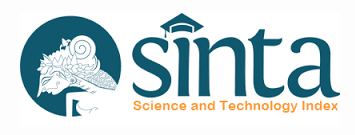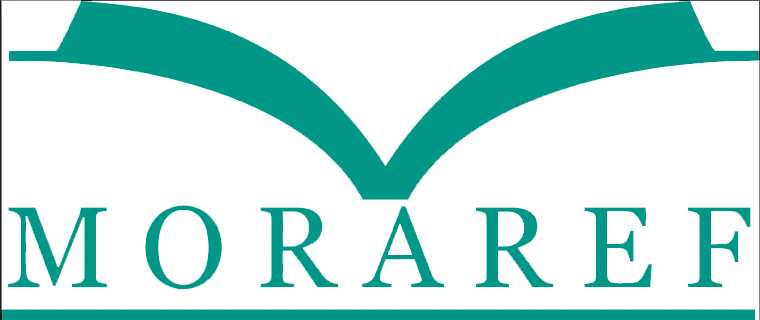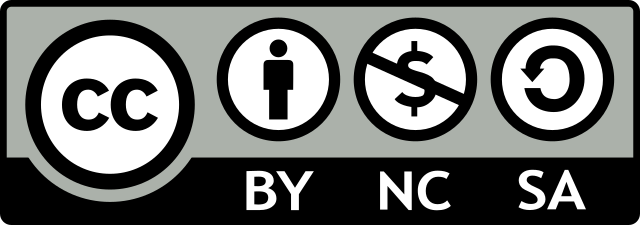Submissions
Submission Preparation Checklist
As part of the submission process, authors are required to check off their submission's compliance with all of the following items, and submissions may be returned to authors that do not adhere to these guidelines.- The submission has not been previously published, nor considered in another journal
- The submission file is in Microsoft Word (.doc or .rtf)
- Where available, URLs for the references have been activated.
- The text adheres to the stylistic and bibliographic requirements outlined in the Author Guidelines.
Copyright Notice
By submitting your manuscript to our journal, you are following Copyright and License
Privacy Statement
- I declare that the work submitted for publication is original/no plagiarism, previously unpublished, and not under consideration for publication elsewhere.
- I declare that I do not copyright issues on the tables and figures presented in the manuscript.
- I declare that all authors have approved the authorship sequence, the content of the paper, and the release of the paper for publication.
- I declare that I have obtained ‘proof of consent’ from people and/or organization involved and named in my research (*for fieldwork only)








